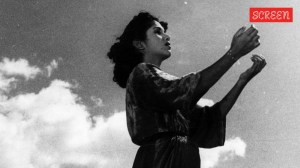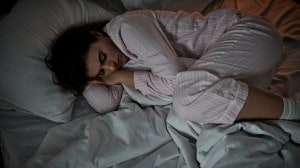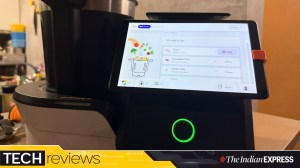BHU surgeon gets patent for hip device
A senior orthopaedic surgeon at the Banaras Hindu University, Anil Kumar Rai, who developed and designed a bi-centric hip...

A senior orthopaedic surgeon at the Banaras Hindu University, Anil Kumar Rai, who developed and designed a bi-centric hip device for patients of hip bone fracture, has been awarded a national patent for his invention in March this year. BHU Vice-Chancellor Panjab Singh on Monday named the device developed by Rai as BHU Hip Device.
Rai, a Reader at the Institute of Medical Sciences, BHU, developed the device after 10 years of research. “The novel and purely indigenous device will be boon for not only patients aged between 60 and 80 but also the younger lot, where in 50 per cent cases the existing total hip replacement (THR) or unipolar prosthesis does not deliver desired results,” Rai said at a press conference here on Monday.
The work also involved experts from Institute of Technology, BHU, including Dr A Bhattacharya and M D Tyagi. “It is the most economical treatment of hip bone fractures costing between Rs 5,000 and Rs 10,000 (Rs 5,000 is cost of the device plus Rs 2,000 to Rs 5,000 for surgery) — 22 times less in terms of cost-life benefit even in worst case conditions as compared to THR,” Rai said, adding that the device ensures early post operative recovery, besides facilitating sitting and squatting. Even a successful THR can’t enable people to sit and squat properly, Rai said. The device can be implanted without any specialised surgical equipments.
Since 2000, the device has been successfully implanted in over 300 patients aged between 23 and 84 at the BHU hospital and hospitals at Allahabad, Pratapgarh, Faizabad, Sultanpur, Azamgarh and Meerut. Rai now aspires to get a global patent for the device being produced by a Gujarat-based company.
Hitherto patients of hip bone fracture, especially aged between 60 to 80 years, have been treated either by unipolar prosthesis or THR. Unipolar arthoplasty is a treatment option best suited for those aged above 80 and having life expectancy of less than two years. THR, on the other hand, is an expensive surgery that costs between Rs 1.5 and 1.8 lakh, which is out of bounds of common man. In such a scenario, the best possible surgical treatment is bipolar prosthesis. But owing to unavailability of suitable bipolar prosthesis, patients have to either rely on unipolar option or THR, with the latter being performed at only well-equipped hospitals.



- 01
- 02
- 03
- 04
- 05




























